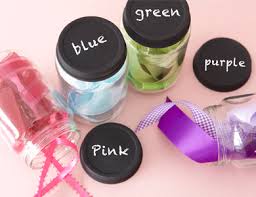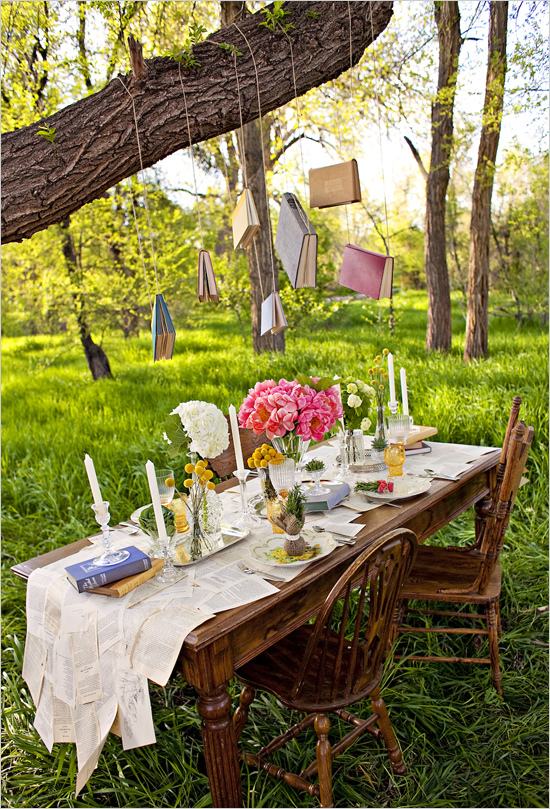Spring is coming!
This is what I tell myself every day when I look out the window and see the cold winter rain. We’ve been spoiled lately, as even though it’s January it’s been around 52 degrees during the day and fairly sunny. We do appreciate the nice weather, but because it’s still too chilly to get out and ride our bikes, we find ourselves organizing.
At the first sign of spring (in this case, sunshine), we find ourselves excited to de-clutter and organize our home. There are things to sell, papers to shred, and rooms to clear out.
In previous years, I’ve gone out and spent some serious cash on bins, cabinets, labels, and other methods of organizing. But no more! Save money on organizing with a few thrifty methods:
Save Those Jars to Save Money
Over the course of a year, most households end up recycling many glass jars. You get jars with some condiments, pasta sauces, and snacks. Sometimes, people will gift things in jars.
Save the jars after you finish using what came inside them. Wash them out, soak them in water to peel off any labels, and re-purpose them!
I have a small can of chalkboard paint so that I can paint over the company logos on the lids and write what the jar contains/is supposed to contain.
You can store dry foods (raisins, nuts, rice, cereal) in these jars, crafting supplies, nails or hardware, and even beauty toiletries (ie cotton balls, q-tips).
Thrifting Shoe Boxes
You may be surprised as to just how helpful a plain and simple shoe box can be when it comes to organizing.
Instead of bulky plastic bins, I save shoe boxes, put a label on the front as to what it contains, and store it in closets where they fit well. Inside I keep photos, important documentation, crafting supplies, and other things we need to keep but don’t want to leave out in the open.
To make them look less like shoe boxes, use some crafting paper to “wrap” the box and lid. they will look like nice crafting boxes.
Clear Out Existing Junk
Organizing isn’t very effective if you hang on to things you no longer need. Try clearing out existing things that you no longer need. For instance, if you have a bunch of documents you need to file but your filing cabinet is full, look through your files to see whether you can recycle any of the documents already in there. You don’t need pay stubs from 2001.
Scan and upload documents onto an external hard drive if you feel that they are important to have but don’t need them in paper form.
This works well for photos in photo albums, too.
There’s nary a more organized feeling than when you rid yourself of stuff you no longer need.
Organizing doesn’t have to be expensive, nor does it have to be complicated. You can find some cheap organization ideas by finding ways you can de-clutter and thrift things that you would otherwise recycle.


